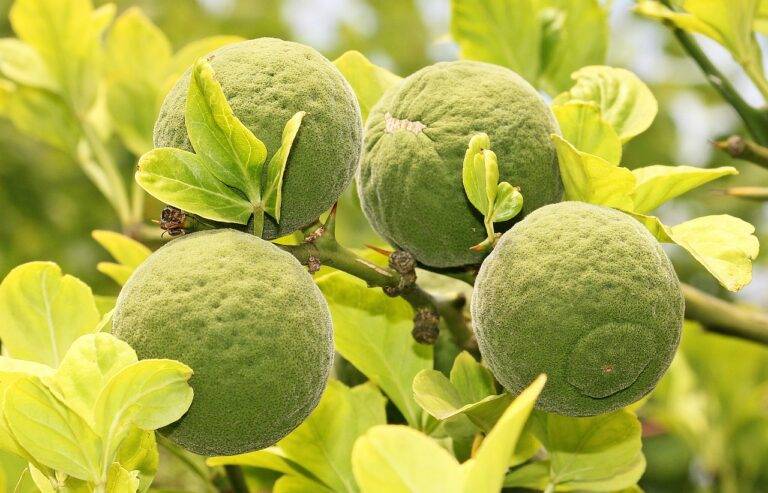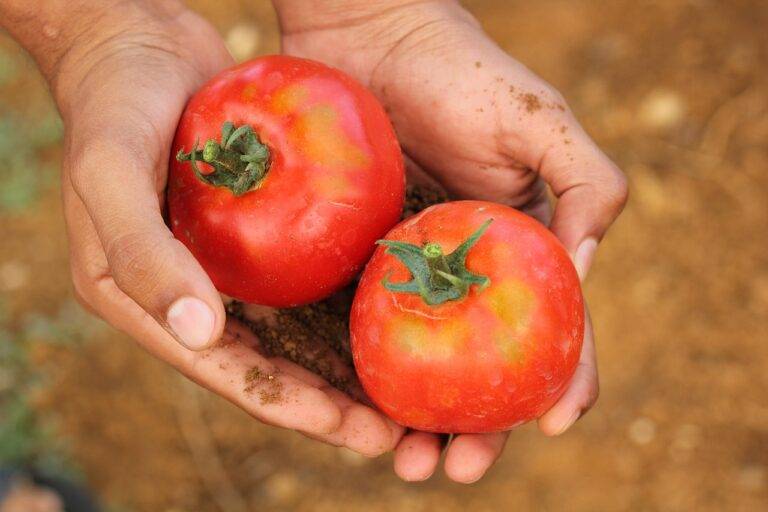The Science of Food Packaging: Advancements for Fresher, Longer-Lasting Foods
Food packaging technology has made significant strides in recent years, catering to the ever-evolving needs of consumers and industries. Advanced techniques, such as modified atmosphere packaging and active packaging, have revolutionized the way food products are preserved and stored. These methods help extend the shelf life of perishable items and maintain their freshness and quality for longer periods, ultimately reducing food waste.
Moreover, the integration of smart packaging features, such as temperature and freshness indicators, has enhanced the safety and convenience of food packaging. This technology allows consumers to make informed decisions about the quality and safety of products before consumption, leading to a more transparent and trustworthy food supply chain. As food packaging technology continues to evolve, we can expect further innovations that prioritize sustainability, efficiency, and consumer satisfaction.
Innovative Materials Used in Food Packaging
In recent years, the food packaging industry has witnessed a surge in the use of innovative materials to meet the growing demands for sustainability and convenience. One such material making waves is biodegradable plastics derived from renewable sources such as corn starch and sugarcane. These eco-friendly alternatives are not only reducing the carbon footprint of packaging production but also addressing the global issue of plastic pollution.
Moreover, edible packaging materials are gaining traction as a novel way to reduce packaging waste while offering a unique consumer experience. Made from natural ingredients like seaweed, rice, and even apples, these edible wrappers can be enjoyed along with the food, eliminating the need for disposal. As food safety remains a top priority, these materials undergo rigorous testing to ensure they meet the necessary standards for protecting the product inside while being safe for consumption.
What are some of the innovative materials used in food packaging?
Some of the innovative materials used in food packaging include biodegradable plastics, edible packaging, antimicrobial packaging, and smart packaging.
How do biodegradable plastics benefit food packaging?
Biodegradable plastics help reduce plastic pollution and environmental impact as they can break down naturally over time.
What is edible packaging?
Edible packaging refers to packaging materials that are safe for consumption and can be eaten along with the food product, reducing waste and promoting sustainability.
How does antimicrobial packaging work?
Antimicrobial packaging contains additives that inhibit the growth of bacteria and other microorganisms, helping to prolong the shelf life of food products.
What is smart packaging?
Smart packaging incorporates technologies like sensors and indicators to monitor the quality and safety of food products, providing real-time information to consumers and producers.
Are these innovative materials safe for food packaging?
Yes, these materials are rigorously tested and regulated to ensure they meet food safety standards and do not pose any harm to consumers.





